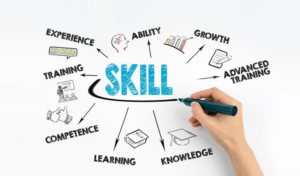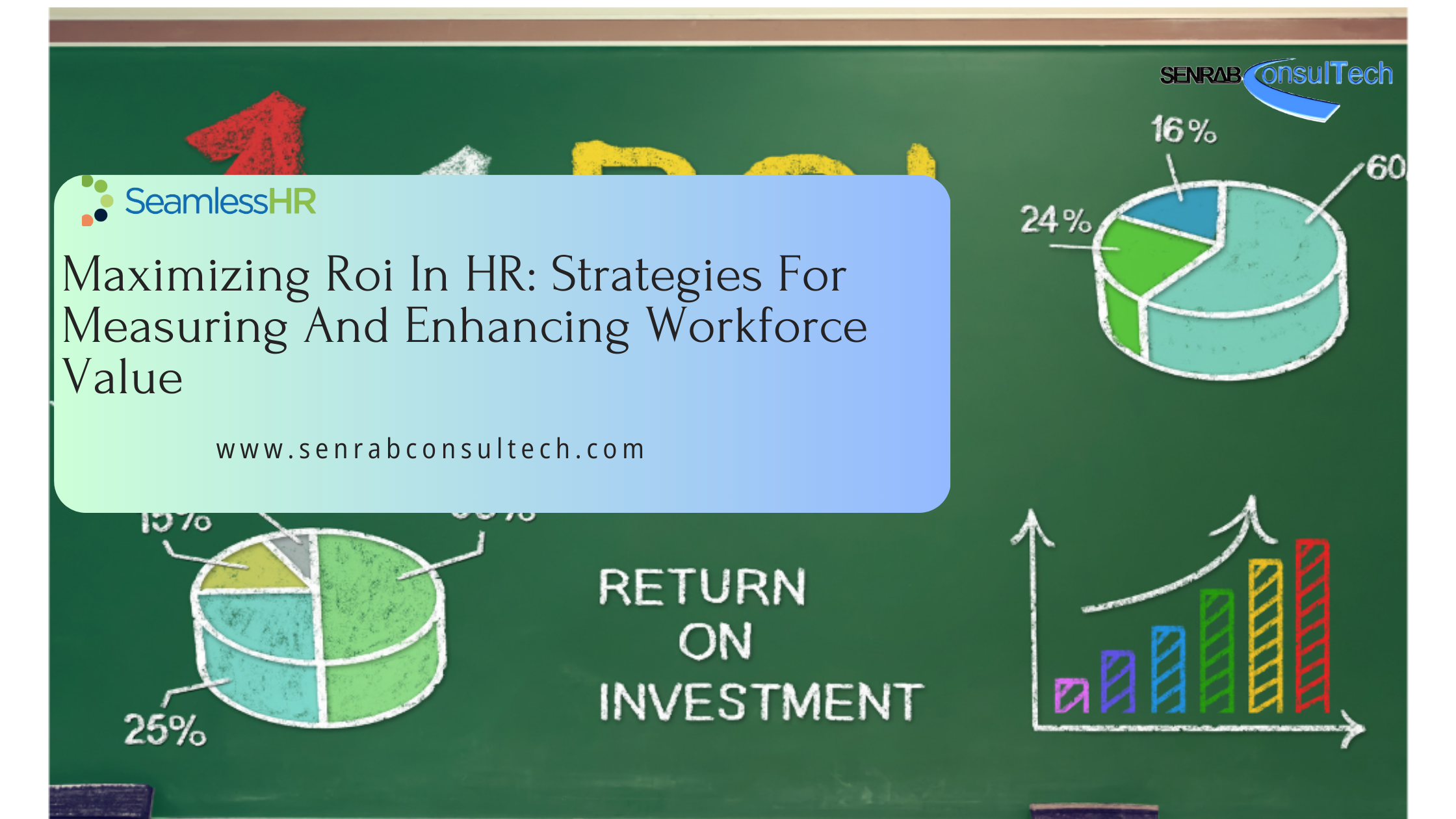Employee skill development be your greatest asset or your biggest vulnerability that will makethe difference between success and stagnation. When you prioritize skill development, you’re not just filling gaps; you’re laying the groundwork for a team that’s motivated, innovative, and ready to tackle whatever challenges come their way.
Investing in your employees’ growth isn’t just a smart strategy; it’s the foundation of a resilient, forward-thinking organization. As industries transform and new technologies emerge, the skills that were once sufficient can quickly become outdated.
For organizations looking to stay competitive, investing in employee skill development is not just an option; it’s a strategic imperative. By prioritizing the growth and development of your workforce, you can cultivate talent, foster innovation, and maintain a strong competitive edge.

The Business Case For Employee Skill Development
Investing in employee skill development is a win-win for both the organization and its employees. When companies provide opportunities for learning and growth, they see a direct impact on productivity.
Employees who are equipped with the latest skills and knowledge can perform their tasks more efficiently, leading to increased overall productivity. This not only benefits the bottom line but also enhances the quality of work produced.
Moreover, skill development plays a critical role in employee retention and engagement. In a competitive job market, employees are more likely to stay with an organization that invests in their professional growth.
When employees feel valued and see a clear path for advancement, they are more motivated and engaged in their work. This, in turn, leads to higher retention rates, reducing the costs associated with turnover and recruitment.
In addition to these benefits, companies that prioritize skill development are better positioned to innovate. In a world where change is constant, having a workforce that is adaptable and skilled is essential for staying ahead of the competition. By developing the talents of your employees, you create a dynamic environment where new ideas can flourish, giving your organization a distinct competitive advantage.
Identifying Skill Gaps And Future Needs
To effectively invest in employee skill development, it’s essential to start by identifying the specific skills that your organization needs. Conducting a skills audit is a crucial first step in this process.
By assessing the current capabilities of your workforce, you can pinpoint areas where skills are lacking or need improvement. This audit should be comprehensive, covering both technical skills and soft skills, such as communication and leadership.
Once you’ve identified the skill gaps, the next step is to align your development initiatives with your organization’s strategic goals. For instance, if your company is planning to expand into new markets, you may need to focus on developing skills related to cross-cultural communication and international business. By linking skill development to business objectives, you ensure that your investment in training and development will have a direct impact on your company’s success.
Future-proofing your workforce is another critical aspect of skill development. As industries continue to evolve, the skills needed today may not be the same as those required tomorrow. By anticipating future needs and investing in relevant training programs, you can ensure that your workforce remains agile and adaptable in the face of change.
Strategies For Effective Employee Skill Development
There are several strategies that organizations can use to foster skill development among their employees. One of the most effective methods is on-the-job training. Learning through practical, hands-on experience allows employees to develop new skills in real-world situations. This type of training is particularly valuable because it is directly applicable to their daily tasks, making the learning process more relevant and impactful.
Mentorship and coaching are also powerful tools for employee development. By pairing employees with experienced mentors, organizations can accelerate skill acquisition and provide valuable guidance on career growth. Mentors can offer insights, share their expertise, and help mentees navigate challenges, fostering both personal and professional development.
Online learning platforms and workshops are another excellent resource for skill development. These options provide flexibility, allowing employees to learn at their own pace and on their own schedule. Whether it’s a short course on a specific topic or an in-depth workshop, these resources can be tailored to meet the unique needs of each employee.
Customized development plans are also essential for effective employee skill development. Every employee has different strengths, weaknesses, and career aspirations. By tailoring development plans to individual needs, organizations can ensure that each employee receives the support they need to grow. This personalized approach not only enhances the effectiveness of training programs but also shows employees that their development is valued.

Measuring The Impact Of Skill Development Initiatives
To maximize the benefits of employee skill development, it’s important to measure the impact of your initiatives. Key performance indicators (KPIs) can provide valuable insights into the effectiveness of your programs. Metrics such as productivity increases, employee retention rates, and the acquisition of new skills can help you assess whether your investment in skill development is paying off.
Feedback mechanisms are also critical for continuous improvement. By gathering feedback from employees on their learning experiences, organizations can identify areas for enhancement and make necessary adjustments. This feedback loop ensures that your skill development initiatives remain relevant and effective.
Calculating the return on investment (ROI) for skill development programs is another important step. By comparing the costs of training with the benefits gained, such as increased productivity and reduced turnover, organizations can demonstrate the financial and strategic value of their skill development efforts.
Creating A Culture Of Continuous Learning
To truly maximize the benefits of skill development, organizations must foster a culture of continuous learning. Leadership plays a crucial role in setting the tone for this culture. When leaders prioritize learning and development, it sends a clear message that these activities are valued. Encouraged self-directed learning is another key component. When employees take ownership of their own development, they are more likely to engage in continuous learning.
Recognition and rewards can also help reinforce a culture of learning. By acknowledging and celebrating employees who actively pursue skill development, organizations can motivate others to follow suit. This recognition doesn’t have to be elaborate, simple gestures can go a long way in encouraging a commitment to growth.

Conclusion
Investing in employee skill development is one of the smartest strategic moves an organization can make. By cultivating the talents of your workforce, you not only enhance productivity and innovation but also create a more engaged and loyal team.
In a world where change is constant, the organizations that prioritize skill development will be the ones that thrive. At Senrab ConsulTech, we’re committed to helping you build a future-ready workforce.
Contact Senrab ConsulTech us today to find out how Valdus can help you achieve your goals!


